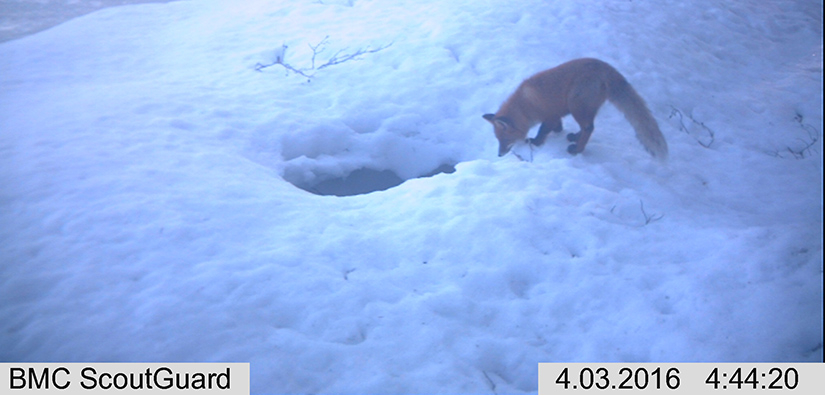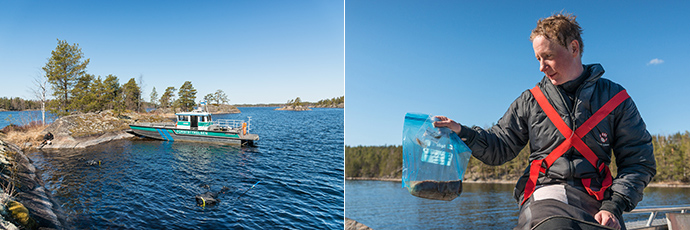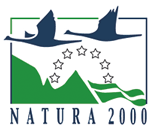Production of New Information in the Saimaa Seal LIFE Project

LIFE Saimaa Seal Projcet produced a wide range of information for the planning of the protection measures. The project investigated the survival of the pups with the help of game cameras that were placed close to the lairs. The estimates of the size of the Saimaa ringed seal population are based on the annual counting of the lairs. The lairs are also studied through diving, which makes the counting more exact as regards the born pups and the pups that have died in their lairs.

With the help of transmitters that are placed in the fur of the seals, The University of Eastern Finland (UEF) has investigated the way Saimaa ringed seals use their habitats. The data produced by the project has been used, for example, for determining the distribution area of the Saimaa ringed seal. Research headed by the National Resources Institute Finland investigated the quantity of and methods used in recreational fishing in the Lake Saimaa region. In addition, the causes of Saimaa ringed seal deaths, the survival rate, and the unintentional bycatch mortality have been studied by means of population modelling.
New information for the needs of the protection strategy
LIFE Saimaa Seal produced new information for promoting the updating of the protection strategy and action plan for the Saimaa ringed seal and the reformation of the fishing decrees.
In connection with the reformation of the fishing decrees, the fishing restrictions in place to protect the Saimaa ringed seal were updated. The new fishing decree (www.finlex.fi, in Finnish) drafted by the Ministry of Agriculture and Forestry entered into force on 14 April 2016.
A working group on protecting the Saimaa ringed seal appointed by the Ministry of the Environment submitted its proposal for updating the protection strategy and action plan for the Saimaa ringed seal for 2017–2022 on 30 May 2017.
The Saimaa ringed seal population is estimated to show a steady growth, but additional measures are required, for example to reduce deaths caused by fish traps. The strategy and action plan, which were first prepared in 2011, are based on an attempt to reconcile sustainably the needs to protect seals and human activities on Lake Saimaa. The strategic aim of the action plan is to ensure a steady growth of the seal population up to a level where the population size, structure and range reach a favourable conservation status. The interim target is to increase the population of Saimaa ringed seals to at least 400 individuals in winter censuses by 2025.
The working group on protecting the Saimaa ringed seal is a broad-based cooperation network of both regional and local stakeholders, research institutes, nature conservation organisations and central government authorities. The Ministry of the Environment will update the protection strategy and action plan for the Saimaa ringed seal for 2017–2022 on the basis of the report submitted on 30 May 2017.
- The working groups proposal for updating the protection strategy and action plan for the Saimaa ringed Seal (pdf, 497 kt, www.ym.fi, in Finnish)
- Press release 30.5.2017, The Ministry of the Environment (www.ym.fi, in Finnish)
- The protection strategy and action plan for the Saimaa ringed seal, 2011 (pdf, www.ym.fi. In Finnish)
More Information
Saimaa Seal Research
- University of Eastern Finland: Researcher Marja Niemi, marja.niemi(at)uef.fi
- Saimaa Seal Research (www.uef.fi)
Recreational Fishing Research
- Natural Resources Institute Finland: Researcher Irma Kolari, irma.kolari(at)luke.fi
Counting of the lairs
- Metsähallitus: Conservation Biologist Jouni Koskela, jouni.koskela(at)metsa.fi
Diving
- Metsähallitus: Conservation Biologist Miina Auttila, miina.auttila(at)metsa.fi
Last updated 2 June 2020


